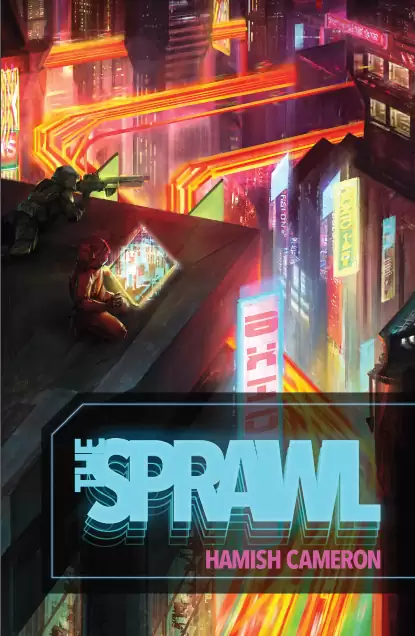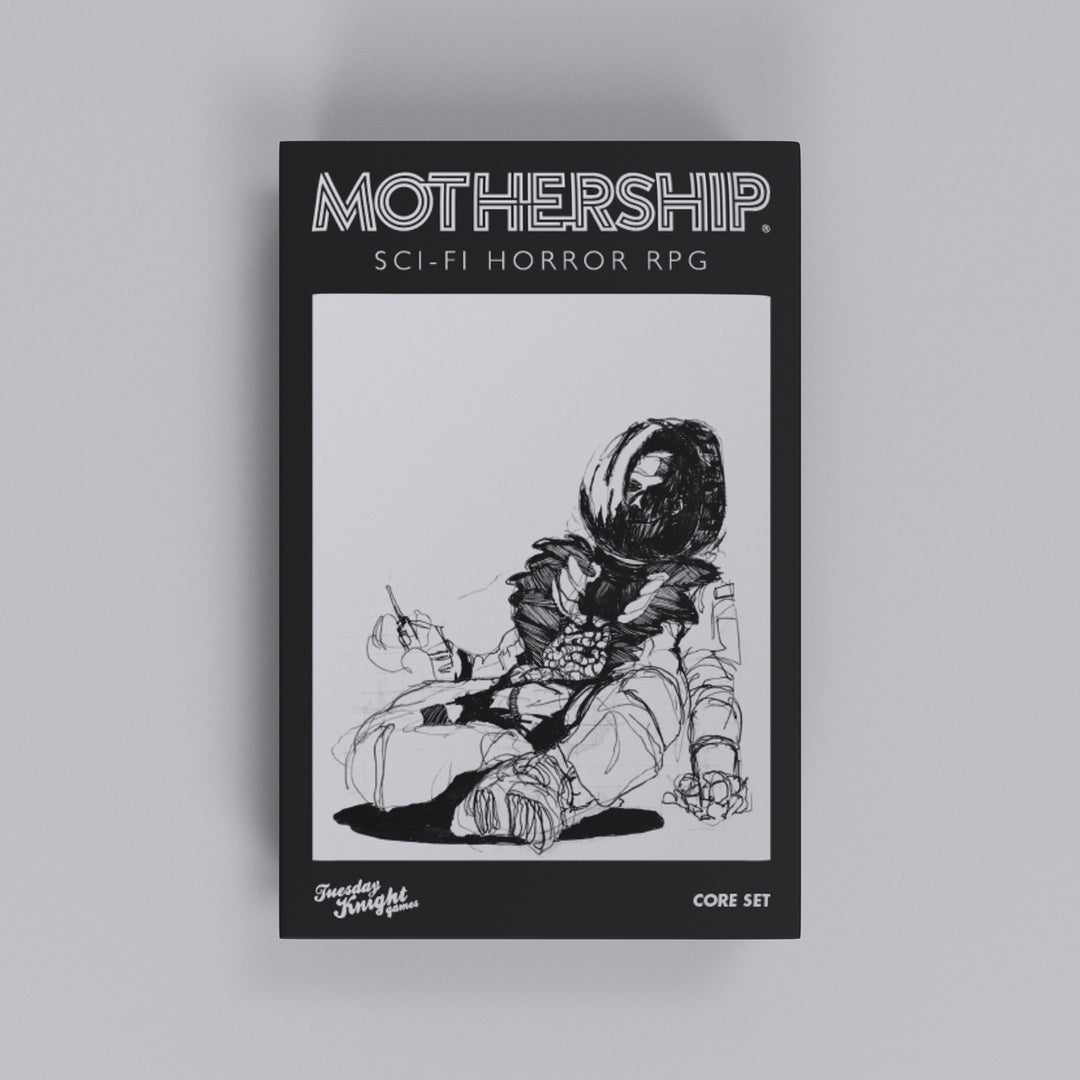The Sprawl Cyberpunk; Bleak; Powered by the Apocalypse (PbtA); Heist; Team-Based; Character Customization
The Sprawl is a mission-based, cyberpunk tabletop roleplaying game powered by the Apocalypse (PbtA) system. It emphasizes a bleak, corporate-dominated future where players take on the roles of deniable assets performing jobs for megacorporations. While praised for its thematic coherence and streamlined mechanics, some find its mission-centric structure and lack of robust downtime mechanics limiting. This report analyzes its key features, unique aspects, target audience, and player experience based on various community discussions and reviews.
Theme and Setting
The Sprawl plunges players into a gritty, neon-drenched cyberpunk world controlled by powerful megacorporations. Characters operate in the criminal underworld, undertaking tasks that corporations can't or don't want to be directly involved in. The game emphasizes the disposability and deniability of player characters, reflecting a bleak outlook on the future where humanity is secondary to corporate interests. The setting is inspired by Shadowrun, but without the magic elements, focusing instead on technological advancements and their impact on society and individuals. The game facilitates collaborative world-building during session zero, allowing players to define the megacorporations and shape the setting to fit their desired narrative.
Core Mechanics and Rules
As a Powered by the Apocalypse (PbtA) game, The Sprawl utilizes narrative-driven mechanics focused on player choices and consequences. The core mechanic involves rolling two six-sided dice and adding a relevant stat. A result of 10+ signifies a full success, 7-9 a partial success with complications, and 6 or less a failure. Moves, triggered by specific actions or situations, dictate the consequences and drive the story forward. The game uses clocks to track progress and threats, adding a sense of urgency and consequence to player actions. Unlike some PbtA games, The Sprawl has more traditional attributes with specific stats tied to moves. Legwork and mission clocks also play a vital role in how missions are structured and played out, emphasizing the time-sensitive nature of the work being done.
Character advancement relies on fulfilling character and mission directives, which can be seen as somewhat restrictive. Some have also modified the advancement system to incorporate fail-for-XP mechanic, as seen in other PbtA games.
What Makes It Unique
The Sprawl distinguishes itself through its strong emphasis on mission-based gameplay within a cyberpunk setting. The gameâs design reinforces the idea of characters as disposable assets, and its mechanics are geared toward heists and corporate espionage. The interconnectedness between character debt and megacorporations creates an immersive experience. The game's focus on corporate entities and their influence is a defining characteristic. The Sprawl aims to provide a streamlined, rules-light alternative to more complex cyberpunk RPGs, while retaining the genre's thematic elements. However, its unique structure can also be a point of contention, with some finding it too rigid and limiting the potential for open-world exploration and character-driven narratives outside of missions. Compared to The Veil, another cyberpunk PbtA game, The Sprawl leans toward traditional cyberpunk tropes and mechanics.
Target Audience and Player Experience
The Sprawl is aimed at players who enjoy the cyberpunk genre, heist stories, and team-based gameplay. It caters to those seeking a narrative-focused RPG experience with streamlined rules and clear mission objectives. The PbtA system makes it accessible to both experienced roleplayers and newcomers, but it's advisable to have someone who is experienced with PbtA to assist new players with the narrative driven style. The game's focus on corporate intrigue and the struggles of individuals against powerful institutions resonates with players interested in exploring themes of social inequality and technological dystopia. However, players who prefer more open-ended gameplay and extensive character development outside of missions may find The Sprawl's structure limiting. Some players also feel that downtime is missing from the core rules. Some have had success using The Sprawl for oneshots, where the constraints of long-term play are not an issue.



